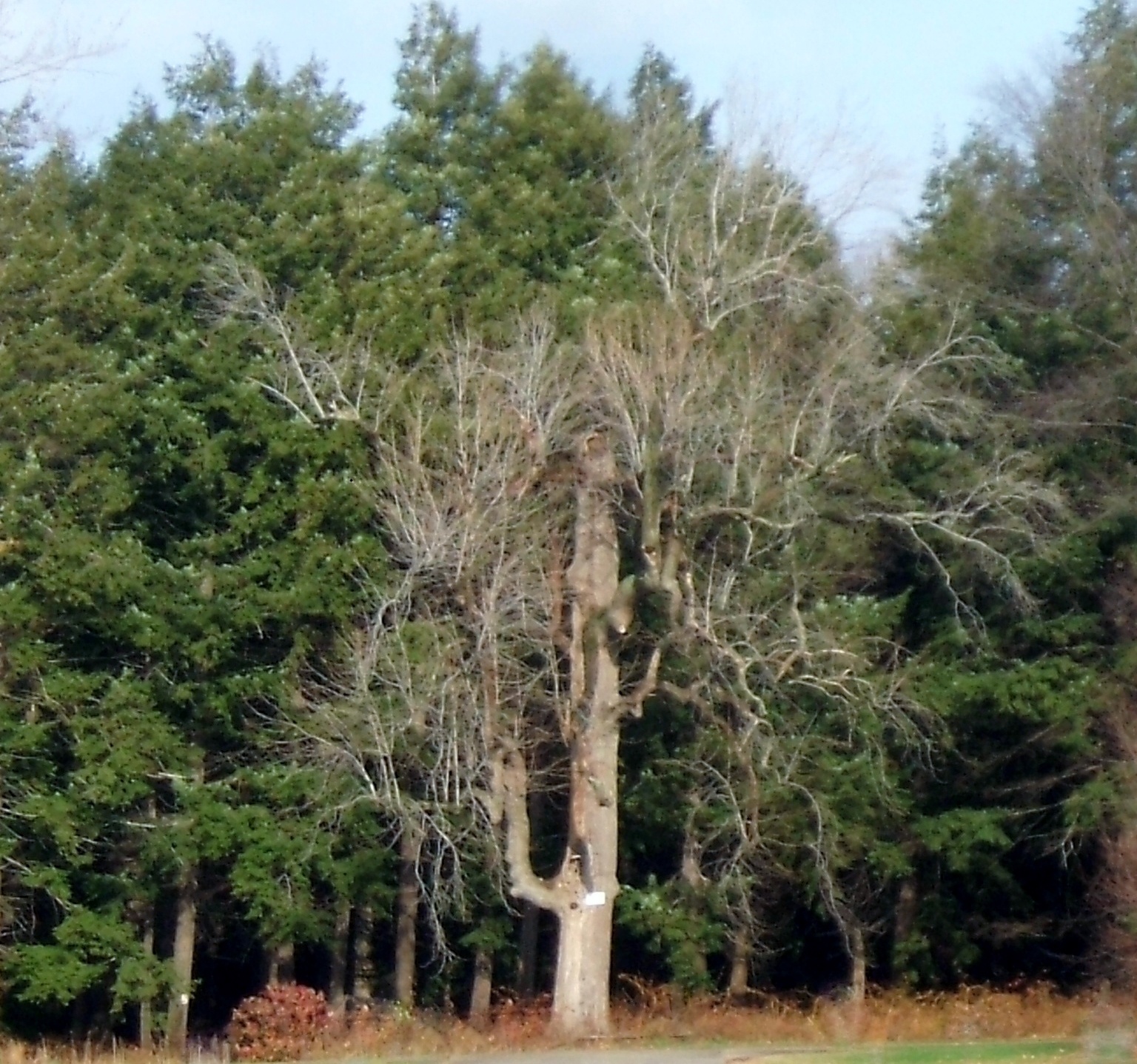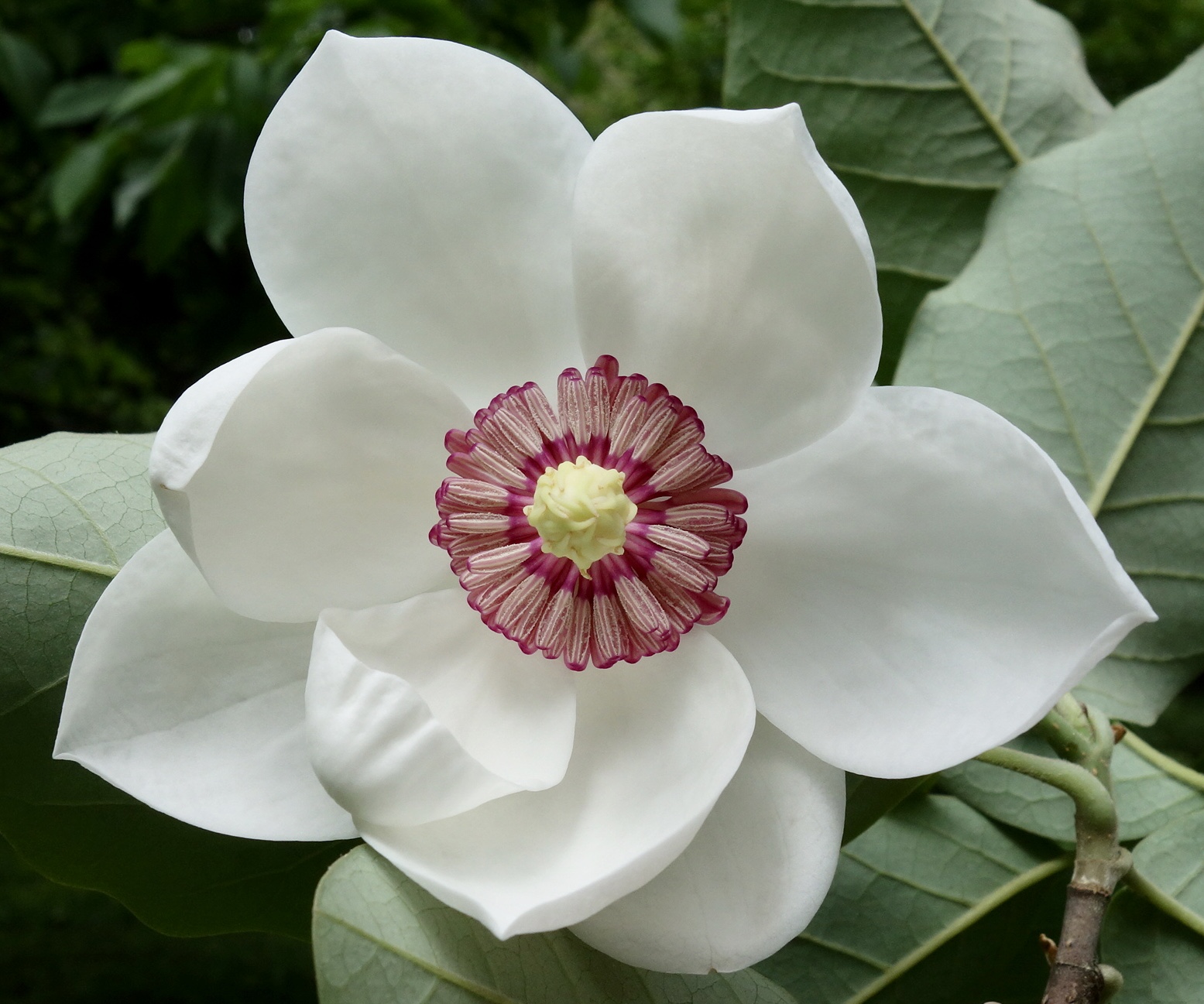Magnolias
Enlarge text Shrink text- Rankin, G. Magnolias, 1999.
- LC database, Dec. 31, 1998
- Web. 3
- SPN
- Engler Syl. Pflanz.:
- Hortus 3
- Ind. nom. gen. (plant.)
Magnolia is a large genus of about 210 to 340 flowering plant species in the subfamily Magnolioideae of the family Magnoliaceae. The natural range of Magnolia species is disjunct, with a main center in east, south and southeast Asia and a secondary center in eastern North America, Central America, the West Indies, and some species in South America. Magnolia is an ancient genus. Fossilized specimens of M. acuminata have been found dating to 20 million years ago (mya), and fossils of plants identifiably belonging to the Magnoliaceae date to 95 mya. They are theorized to have evolved to encourage pollination by beetles as they existed prior to the evolution of bees. Another aspect of Magnolia considered to represent an ancestral state is that the flower bud is enclosed in a bract rather than in sepals; the perianth parts are undifferentiated and called tepals rather than distinct sepals and petals. Magnolia shares the tepal characteristic with several other flowering plants near the base of the flowering plant lineage, such as Amborella and Nymphaea (as well as with many more recently derived plants, such as Lilium). The magnolia was made the state flower of Mississippi in 1900. The magnolia symbolizes stability in the United States; in China beauty and gentleness.
Read more on Wikipedia >
 Topic
Topic












